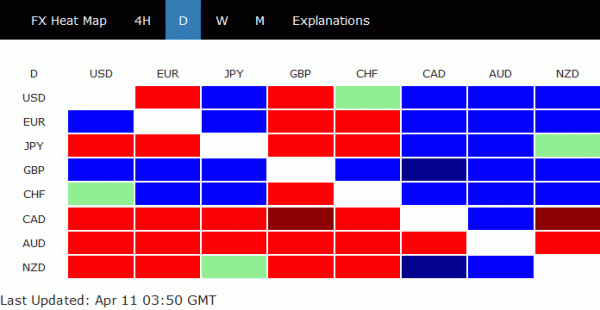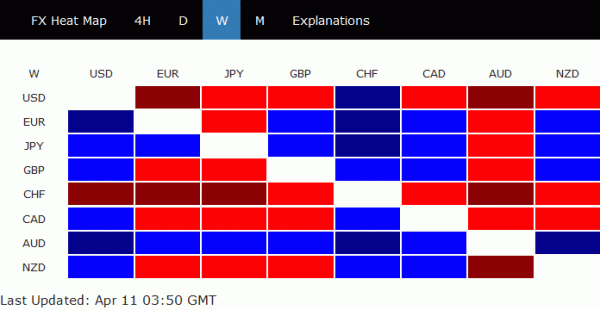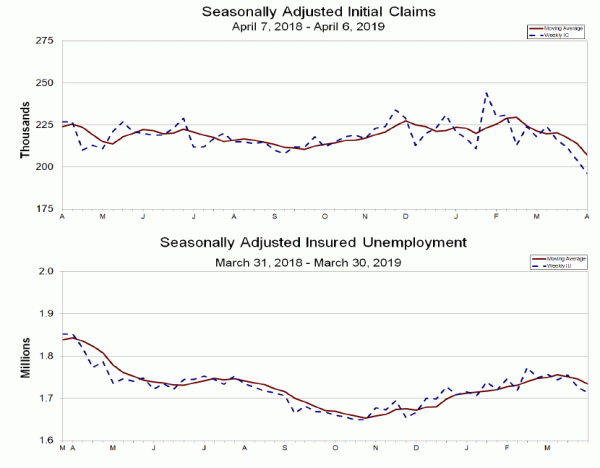Asian markets are in mild risk aversion today as dragged down by pull back in Chinese and Hong Kong stocks. But such sentiments is not much reflected in the currency markets, except that Australian Dollar retreats broadly after this week’s rally run. Sterling is one of the strongest for today as UK was granted “medium” flexible Brexit delay till October 31. But still it’s unsure how the government could achieve the needed consensus in the parliament to get a withdrawal agreement through. More time might just mean more torture and fatigue.
Dollar is mixed for now after FOMC minutes solidified Fed’s patience stance. It’s a consensus among policy makers Fed will stand pat for the rest of the year. Inflation is close to target without little sign of heating up. Fed indeed has a lot of room to keep interest rates at current level for longer. At the same time, several members noted their openness to rate cut should development warrants it. It could depend on how the risks play out. Euro is mixed too. The dovish ECB meeting yesterday triggered some knee jerk reactions. But the common currency quickly found its footing.

For the week, Aussie is the far the strongest one, followed by Yen. While risk aversion is not apparent, both seem to be lifted by falling treasury yields elsewhere. US 10-year yield is back at 2.477 while Germany 10-year yield is negative. There was no extra bearish development in Australia to push RBA to deliver a rate cut yet. Swiss Franc is the weakest one, thanks to rally in oil prices. Dollar follows as second weakest.

Released in Asian session:
- UK RICS house price balance improved to -24 in March, above expectation of -29.
- Japan M2 rose 2.4% yoy in March, matched expectations.
- Australian consumer inflation expectation slowed to 3.9% in April, down from 4.1%.
- China CPI accelerated to 2.3% yoy in March, matched expectations. PPI also rose to 0.4% yoy, matched expectations.
Looking ahead: Germany CPI, Canada new housing price index, US PPI and jobless claims will be featured. A number of Fed officials will speak today, including Clarida, Williams, Bullard and Bowman.
In Asia, currently:
- Nikkei is down -0.12%.
- Hong Kong HSI is down -0.96%.
- China Shanghai SSE is down -0.95%.
- Singapore Strait Times is up 0.23%.
- Japan 10-year JGB yield is down -0.0044.
Overnight:
- DOW rose 0.03%.
- S&P 500 rose 0.35%.
- NASDAQ rose 0.69%.
- 10-year yield dropped -0.022 to 2.477.








SNB Jordan: There room for rate cut, balance sheet and interventions
SNB Chairman Thomas Jordan said over the week end that currently, Swiss Franc’s exchange rates were “still highly valued”. But “there is no reason to change monetary policy”. However, he also emphasized SNB has room “to lower interest rates further”, “to use the balance sheet” and “for interventions in foreign exchange markets”.
He also added that profits of the banking system have been relatively stable despite SNB’s negative interest rates. Though, it’s still improtant to keep an eye on risks as many major central banks set low or negative interest rates.